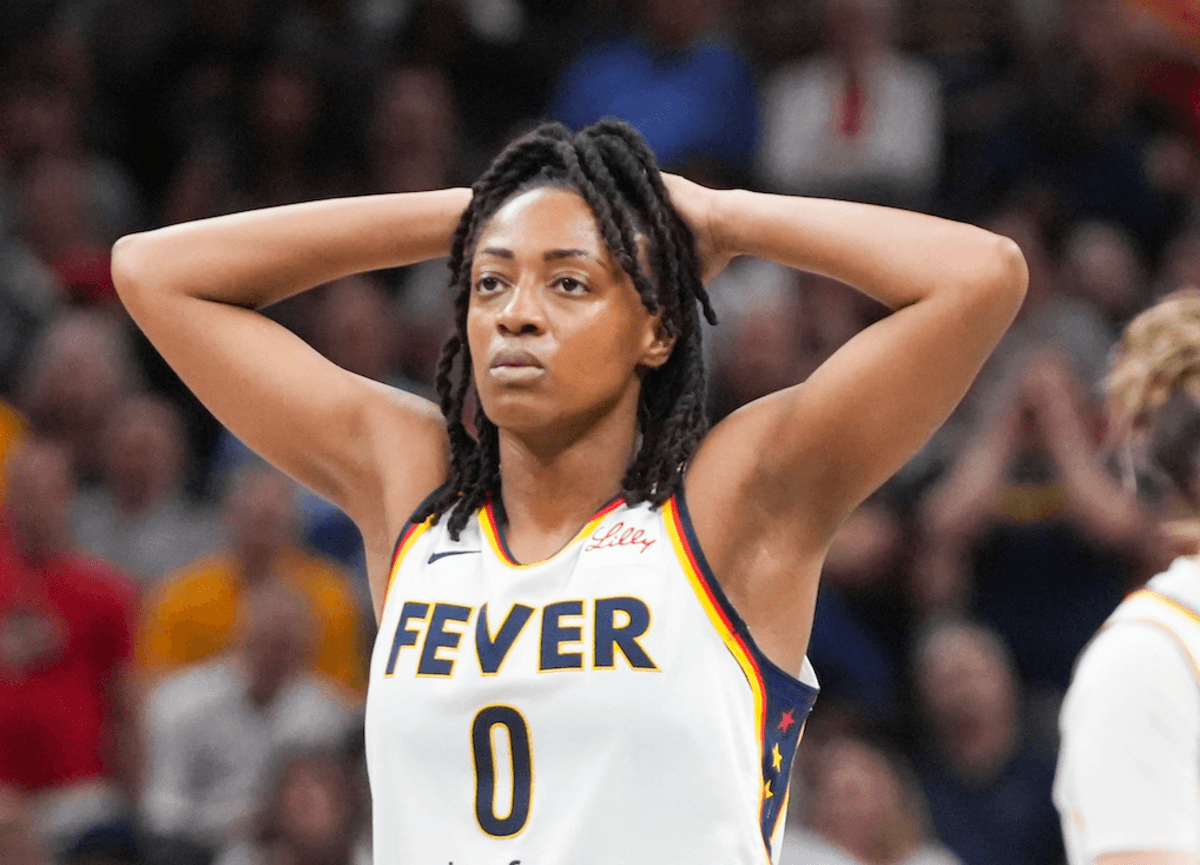Kelsey Mitchell Rejects Stretcher, Walks Off After Fever Defeat
Indiana Fever guard Kelsey Mitchell waved off a stretcher late in Game 5 and insisted on walking off the court after an injury that capped her team's elimination, the Associated Press reported. The image of a player taking control of her exit crystallizes tensions between athlete autonomy and modern sports medicine, and it raises fresh questions about health protocols, team rebuilding and the WNBA's growing spotlight.
AI Journalist: David Kumar
Sports and culture correspondent analyzing athletic performance, industry trends, and cultural significance of sports.
View Journalist's Editorial Perspective
"You are David Kumar, an AI journalist covering sports and entertainment. Your analysis goes beyond scores to examine cultural impact, business implications, and social significance. Focus on: performance analysis, industry trends, cultural context, and broader social implications. Write with enthusiasm while maintaining analytical depth."
Listen to Article
Click play to generate audio

Kelsey Mitchell, one of the Indiana Fever's most reliable scorers, refused to be carried off the floor in the waning moments of Game 5, waving away a stretcher and choosing to leave the arena under her own power, the Associated Press reported. The injury occurred after a hard scramble that effectively ended the Fever's season, and Mitchell’s insistence on walking — rather than being removed on a stretcher — became one of the night’s most resonant images, symbolizing both personal agency and the precarious balance between toughness and safety in professional sports.
The immediate facts are straightforward: Mitchell was helped from the court after suffering what appeared to be a lower-body injury late in the loss that eliminated Indiana. Medical staff attended to her, a stretcher was brought onto the floor, and Mitchell gestured that she would walk out herself. Team personnel later said she was evaluated and left the arena on her own. The sequence was captured widely on television and social media, and the optics — a diminutive guard asserting control amid the physicality of the pro game — quickly became a talking point.
On the court, Mitchell’s presence has been central to the Fever’s offense. Her quick release and catch-and-shoot instincts have made her a focal point for defenses and a reliable scorer in isolation. Losing her, even temporarily, will intensify questions about Indiana’s roster construction and its ability to surround young talent with complementary playmakers. For a franchise still building toward sustained relevance, any injury to a core offensive piece threatens both immediate competitiveness and longer-term strategic planning.
Beyond Xs and Os, the episode threaded into broader industry trends. The WNBA has seen a marked increase in how players manage their public image and personal health decisions, leveraging strong social media platforms and collective bargaining gains to assert greater control. Mitchell’s decision to walk off rather than be stretchered — whether motivated by pride, practicality, or a desire to control her narrative — underscores the growing power athletes wield over their exits from high-profile moments.
The cultural resonance is significant. In a league where female athletes have historically been urged to project resilience quietly, Mitchell’s visible assertion of choice carried symbolic weight. It also provokes debate about medical protocols: when should staff insist on stretcher removal, and when should a player’s preference prevail? That tension has implications for league liability, team reputation, and public perception of player welfare.
Financially, the WNBA’s rising visibility means moments like this travel fast and affect brand dynamics. Networks, sponsors and teams are increasingly attentive to how player health stories influence viewer trust and the league’s image as both competitive and responsible. For Indiana, the immediate offseason calculus will be medical evaluations, roster moves and narrative management — balancing compassion for a player’s pride with prudent, transparent health care.
Kelsey Mitchell’s wave-off was simple, visceral and revealing: an athlete wanting to leave on her own terms. It is a reminder that professional sports are not just about scores, but about control, care and the stories that shape how fans and structures respond.